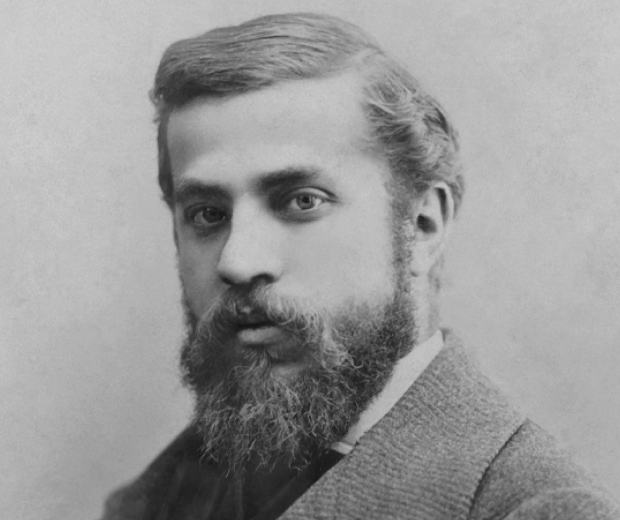
Nace el 25 de junio de 1852 en Reus (Tarragona). Con 18 años se traslada a Barcelona para estudiar arquitectura en la Escuela de Bellas Artes (La Lonja). Trabaja en diversos proyectos, entre ellos la remodelación del Parque de la Ciudadela, y al acabar la carrera gana un concurso con el anteproyecto de las farolas de la Plaza Real.
En 1883 es nombrado arquitecto de la Sagrada Familia, al mismo tiempo que participa en proyectos en los que ya se observan sus innovaciones arquitectónicas y los elementos artísticos que lo hacen único: Casa Vicens (1883), los pabellones de la Finca Güell (1884), la Casa Botines, en León (1891), el inicio del Park Güell (1900), la reforma de la Casa Batlló (1904) o en la Casa Milà, «La Pedrera» (1906). A partir de 1914 se dedica en exclusiva a la Sagrada Familia, hasta el punto de que en 1925 instala allí su vivienda.
El 7 de junio de 1926 muere atropellado en un accidente en Barcelona. Sus restos descansan en la cripta del templo.

OBRAS DEL ARTISTA
ARTÍCULOS RELACIONADOS
SOLICITAR INFORMACIÓN
Te informaremos sobre las obras y novedades de ARTIKA.
